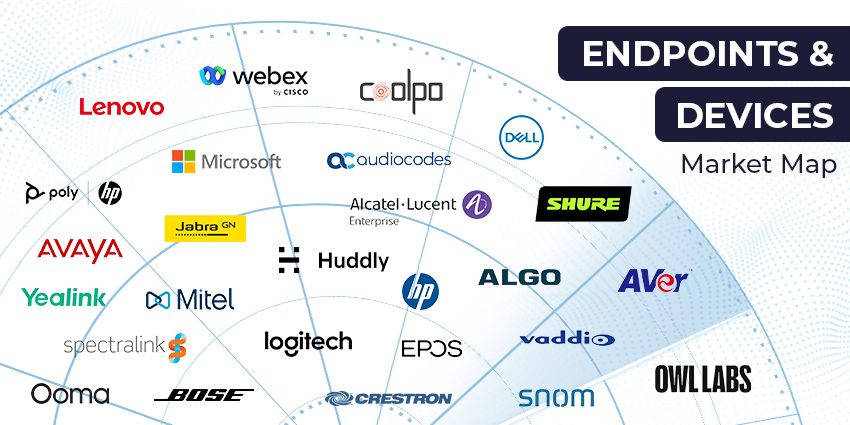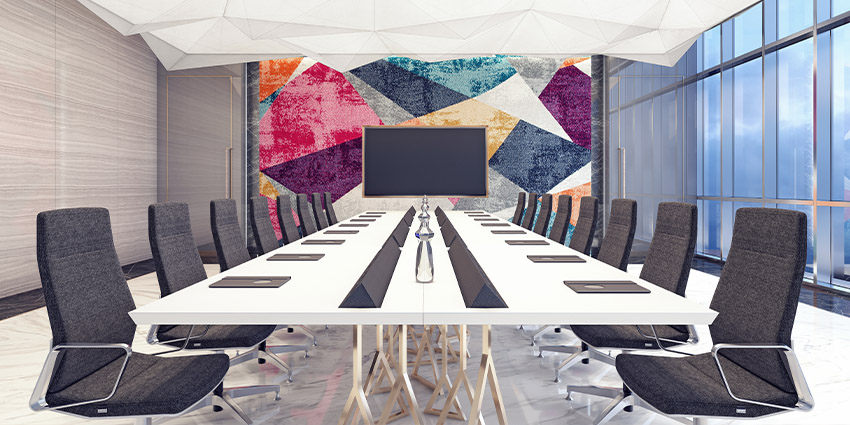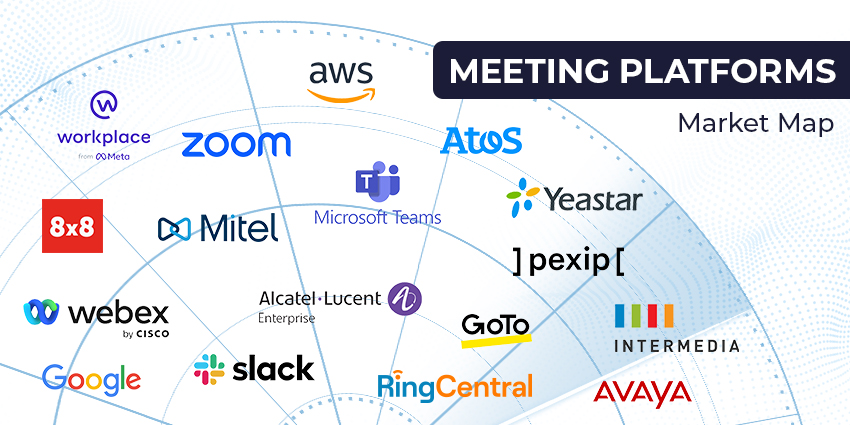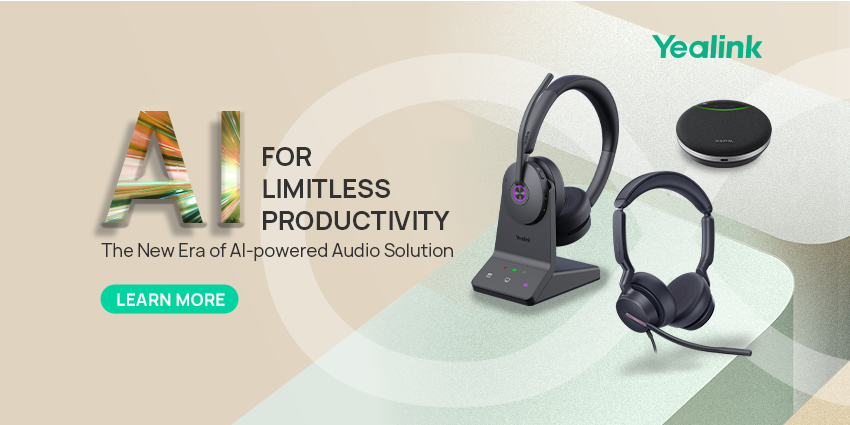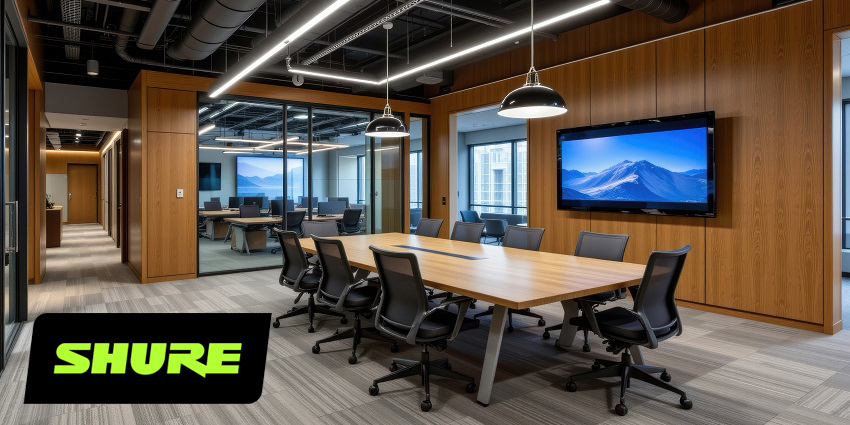Plantronics has been at the cutting edge of innovation for the communication and collaboration industry for more than 50 years now. Known for their exceptional hardware and intuitive devices, Plantronics focus on helping the team of tomorrow create the meeting environments they need today, to ensure productivity, efficiency, and exceptional performance.
I sat down with the Regional Sales and Marketing Director for Plantronics in the UK and Ireland, Paul Dunne, to discuss his views about the future of UC, and the trends that CIOs will need to be aware of as we head into 2018 and continue on a path of digital transformation (DX).
What Have You Been Doing to Help Your Partners Succeed?
As companies around the world embrace a more complex environment, brimming with disruptive technology like BYOD, flexible working, and AI, it’s safe to say that many brands are looking for ways to simplify the go-to-market strategies for their channel partners. I was interested to learn what Plantronics have been doing to make life easier for the people connected to their brand. Paul told me:
“I think, there’s a lot of chatter about vendor channel programmes, but when you distil all of the noise down, there are only two things that partners want from vendors to help them succeed: competitive advantage and margin in a deal. I think if you’re a channel-centric organisation and you can think carefully about these two factors for partners, you should have a good chance of success. That’s what we’ve been focusing on at Plantronics.”
While Plantronics is a channel-focused organisation first and foremost, they also have an end-user sales team in the UK, that can support the sales channel. Paul went on to say that one of the other things the brand has been doing to support their partners, and invest in new and improved products that offer the solutions customers are looking for:
“We recently introduced a new product to the market called Habitat Soundscaping, and our partners are still waiting to see how we bring that to the market before they jump in themselves.”
What Have You Learned in 2017, and What are Your Top Tips for Partners?
Paul was keen to talk about the lessons that Plantronics had learned over 2017, and how they had converted that education into tips for the future that they could share with their partners. For Plantronics, Paul suggested that one of the biggest lessons they had learned, is how important things like analytics and predictive analysis had become in the eyes of the average customer.
“There’s a huge focus on things that can be measured in today’s enterprise. People are asking how they can measure things like performance and productivity. In a call centre, that means looking at things like net promoter score, outbound call numbers, and call waiting time.”
Paul went on to say that in the digital workforce, businesses and partners were now working on an idea of “If you can measure it, you can create an ROI, then you can sell it.” However, for Plantronics, the ability to measure performance at work goes beyond looking at basic things like productivity.
“One of our top tips for partners is that there are actually so many things out there that you can measure which has an impact on business. Those are things like customer experience, team collaboration, and creativity. For instance, our partners can help customers find out how creative they are as an organisation, and assist them in building a strategy for innovation.”
“When teamwork is the question, they can look at things like how much empathy people have for customers, how morale is in an organisation, and how user adoption is when it comes to collaboration software.”
While there are no international standards available to measure these “unmeasurable” concepts, Paul and Plantronics believe that these elements are just as important in running a successful business as things like productivity.
“The world of analytics is really starting to take off, but CIOs are placing more focus on the environment that contains their data, than the environment that contains their people. It’s time to focus on creating environments where people can be more creative and collaborative.”
What Challenges and Opportunities Do You Predict for 2018?
With the future firmly in mind, and a unique insight into the concept of analytics, I was interested to talk about the challenges and opportunities Plantronics predicted to be evident in 2018. Paul told me that in 2017, they’d seen a significant focus on talent acquisition in business, and while that concern may still be relevant, he believes that “innovation, and digitalisation” will be the ultimate focus for CIOs in 2018.
“I think both of those things are very closely related. If you can get your digital strategy right and create channels where customers can talk directly with you, then you can start learning more about your customers. The more you understand your clients, the more you can innovate based on what people actually want.”
Other interesting areas of growth for Plantronics are evident in the video and remote working sectors. “Video calls are growing exponentially now. I love using video because it means the person I’m talking to has my undivided attention. People are looking for a way to use discrete devices in their video calls, and that’s something that we’ve been working on at Plantronics.”
“Another big change we’ve seen in the last few years is a move towards USB devices, which means people are becoming more mobile. Of course, this means doing multiple things on a PC, which can lead to a lot of chaos if you’re not using the right device, so there’s another opportunity there.”
What Should be on a CIO’s Priority List for 2018?
Looking ahead, I asked Paul to share with me the items he thought should be on a CIO’s priority list for 2018. He said: “CIOs and CTOs really need to start paying more attention to their Unified Communications (UC) strategy. There are still far too many organisations who are communicating ineffectively leaving employees frustrated and overwhelmed.”
“Employees need to be able to collaborate efficiently when working outside the office, on the road, or at home. It’s therefore crucial for CIOs and CTOs to understand how a comprehensive UC framework can help them accommodate the needs of a modern workforce, which in turn helps boost efficiency and cut costs.”
Though more people have begun to embrace a remote working lifestyle, Paul believes that businesses need to think more about what could be driving people away from the office:
“If you’ve got the wrong environment, you end up with a situation I saw a few weeks ago, where people from a big brand were leaving the office just to make calls in their car. If you’re going to drive to work just so you can take meetings in your car, why are you bothering going to the office in the first place? What are the problems that need to be addressed?”
Does Plantronics Have Any Predictions for 2018?
We’ve seen some serious changes in 2017. Microsoft has started to replace Skype with Teams, Amazon has entered the UC marketplace, and more. According to Paul, in the year ahead, Plantronics expects to see considerable disruption and consolidation in the years ahead:
“I can’t really comment on what’s coming next, but what I have noticed is that companies and the channel in the UK have risen well to the challenges in 2017. I’m expecting to see more success in 2018.”
Plantronics has been seeing some digital transformation themselves, Paul noted:
“If you look at what’s recently happened in our business, with our CTO becoming the CEO of our business, it’s easy to see that we’re planning more innovation in the future. We’ve just created the new Voyager 8200 UC product which delivers a professional communications experience without the boom. It doesn’t look out of place on your morning commute, at the gym, or wherever, and it comes with 2 modes of active noise cancelling. In other words, we’ve built something to serve the mobile, flexible workforce.”



